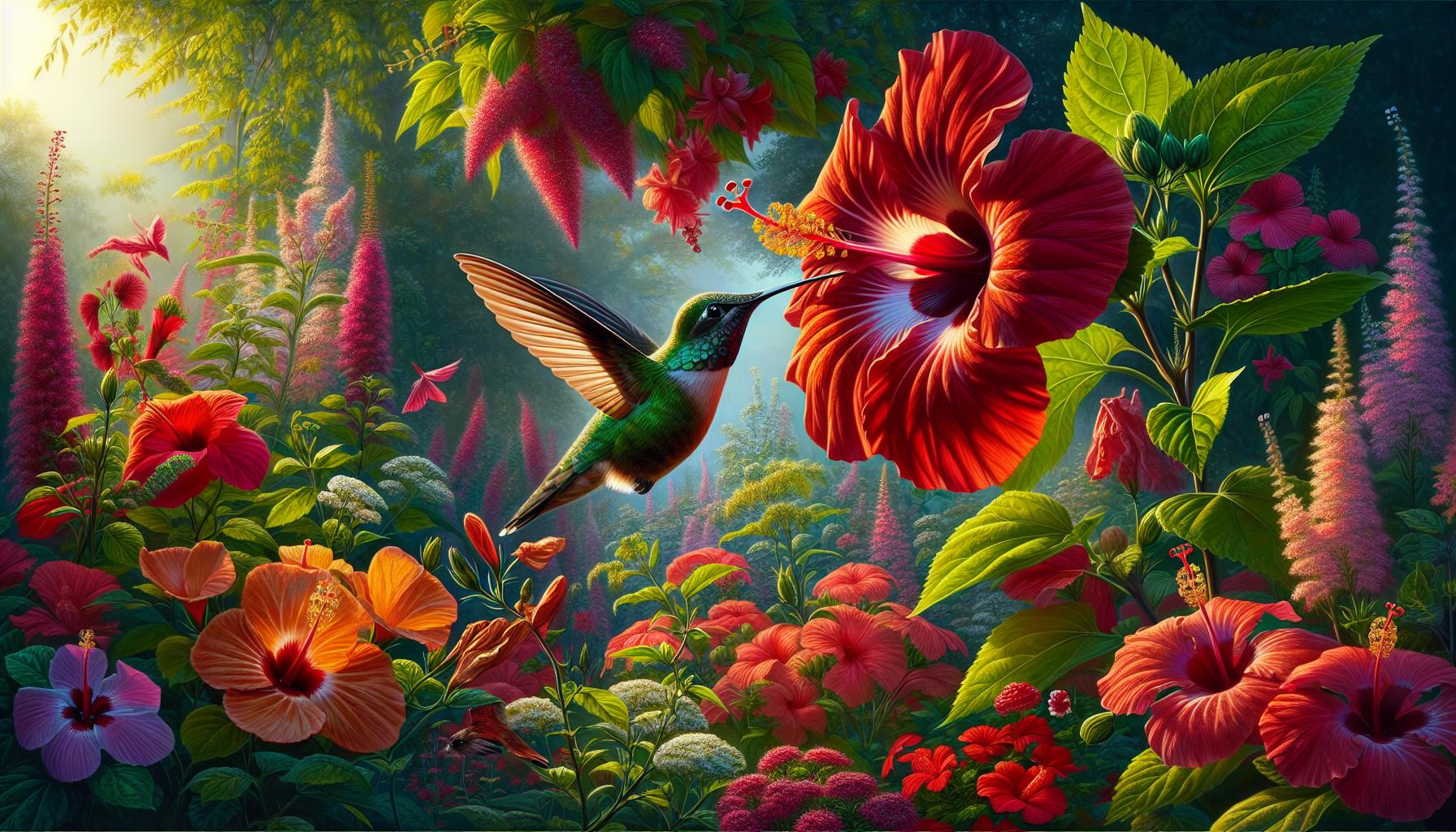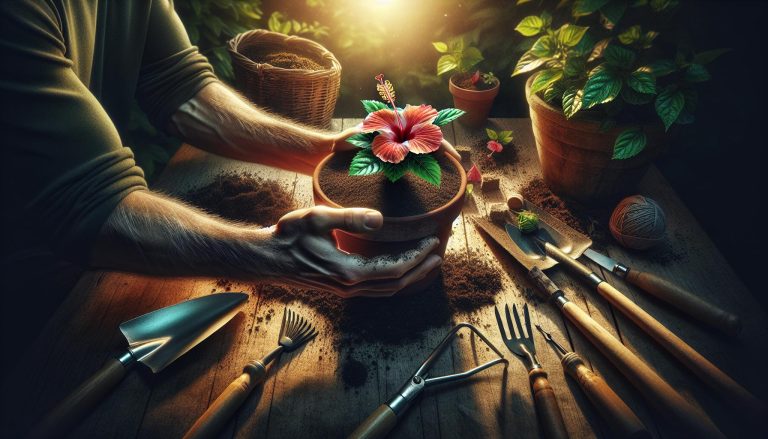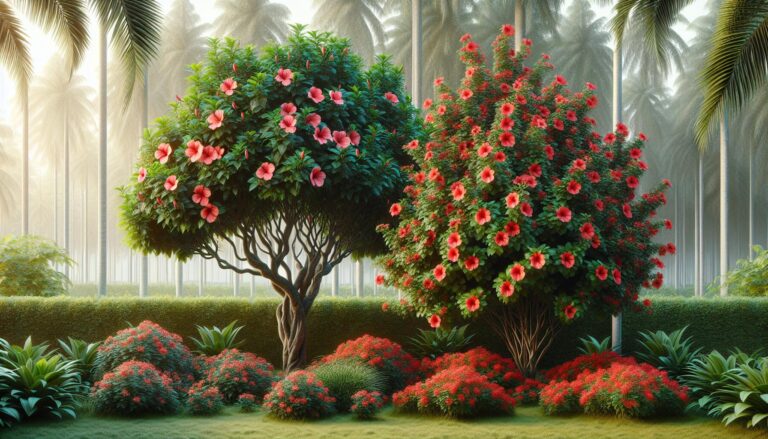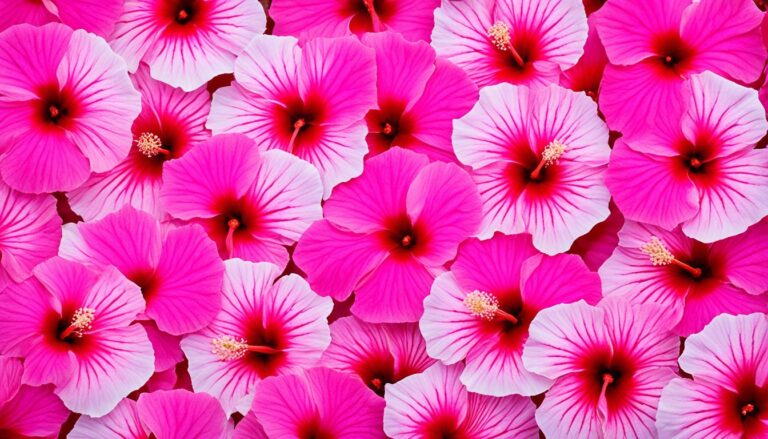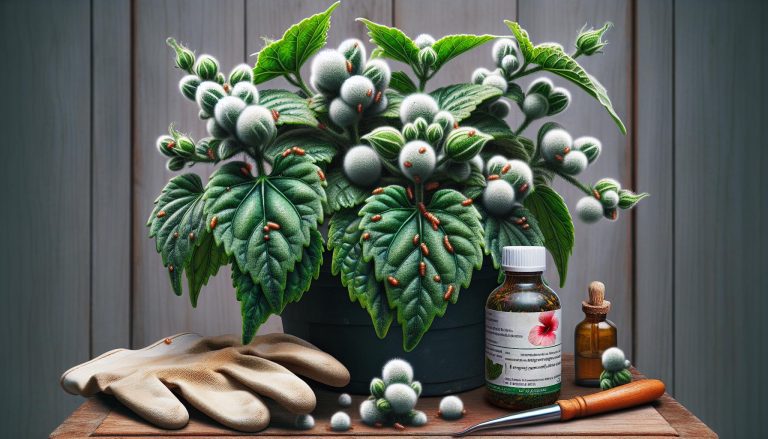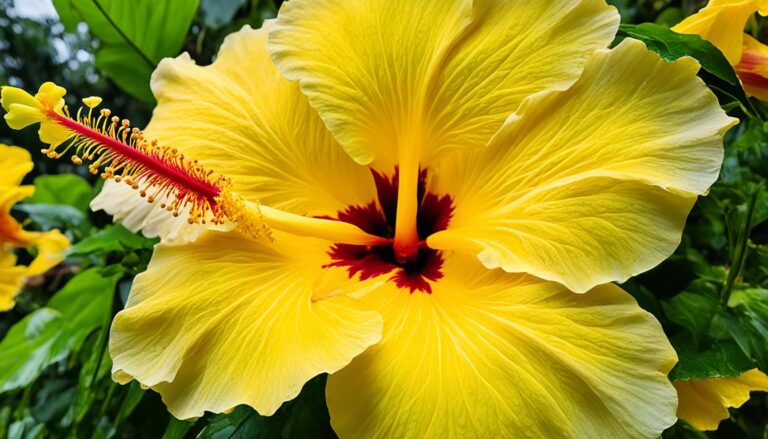Do Hummingbirds Like Hibiscus? Attract These Tiny Flyers to Your Garden
As an avid bird watcher, I’ve always been fascinated by the delicate beauty of hummingbirds. These tiny creatures are known for their incredible flying abilities and their love for nectar-rich flowers. But have you ever wondered if hummingbirds are particularly drawn to hibiscus blooms?
The relationship between hummingbirds and hibiscus flowers is an intriguing one. With their vibrant colors and trumpet-shaped blossoms, hibiscus plants seem like they’d be a perfect match for these nectar-loving birds. But is there more to this connection than meets the eye? In this article, I’ll explore whether hummingbirds truly have a preference for hibiscus and what factors might influence their attraction to these stunning flowers.
The Relationship Between Hummingbirds and Hibiscus Flowers
Hummingbirds and hibiscus flowers share a mutually beneficial relationship. Hibiscus plants produce nectar-rich blooms that attract hummingbirds, while the birds aid in pollination as they feed. This symbiotic interaction is based on several key factors:
- Nectar production: Hibiscus flowers generate ample nectar, providing a vital energy source for hummingbirds.
- Flower shape: The trumpet-like shape of hibiscus blooms allows easy access for hummingbirds’ long beaks and tongues.
- Color attraction: Vibrant hues, especially reds and pinks, act as visual cues for hummingbirds seeking nectar.
- Bloom timing: Many hibiscus varieties bloom during peak hummingbird feeding hours, enhancing their appeal.
The tubular structure of hibiscus flowers perfectly accommodates hummingbirds’ specialized feeding apparatus. As these agile flyers hover and insert their beaks into the blossoms, they inadvertently collect and transfer pollen, facilitating cross-pollination among hibiscus plants.
Hummingbirds’ high metabolism requires frequent feeding, and hibiscus flowers offer a reliable food source. A single hibiscus flower can produce up to 15 microliters of nectar daily, supporting multiple hummingbird visits. This consistent nectar supply encourages hummingbirds to return regularly, establishing a strong connection between the birds and these flowering plants.
While hibiscus flowers attract hummingbirds, it’s important to note that these birds don’t exclusively rely on hibiscus for sustenance. Hummingbirds visit a variety of nectar-producing plants to meet their energy needs, including:
- Trumpet honeysuckle
- Cardinal flower
- Bee balm
- Columbine
- Fuchsia
By incorporating hibiscus plants into gardens alongside other hummingbird-friendly flowers, gardeners can create diverse and attractive environments for these fascinating birds. This approach not only supports hummingbird populations but also enhances the overall biodiversity of the garden ecosystem.
Characteristics of Hibiscus That Attract Hummingbirds
Hibiscus flowers possess several key features that make them irresistible to hummingbirds. These characteristics work together to create an ideal feeding environment for these tiny, energetic birds.
Vibrant Colors
Hibiscus flowers boast vibrant, eye-catching colors that act as visual beacons for hummingbirds. Red, orange, and pink are particularly attractive to these avian visitors. The bold hues stand out against green foliage, making it easy for hummingbirds to spot potential food sources from a distance. This color-based attraction is an evolutionary adaptation that benefits both the plants and the birds.
Nectar Production
Hibiscus flowers produce copious amounts of nectar, providing a rich energy source for hummingbirds. The nectar is high in sucrose, which is easily digestible for these fast-metabolizing birds. A single hibiscus flower can produce up to 100 microliters of nectar per day, ensuring a consistent food supply. This abundant nectar production makes hibiscus plants a reliable and attractive option for hummingbirds seeking sustenance.
Flower Shape
The trumpet-like shape of hibiscus flowers is perfectly suited to hummingbirds’ long, slender beaks and specialized tongues. The deep, tubular structure of the flower allows hummingbirds to access nectar while hovering, a feeding behavior unique to these birds. This shape also ensures that as the hummingbird feeds, its head and body come into contact with the flower’s pollen-bearing structures, facilitating cross-pollination. The size and depth of hibiscus flowers discourage competition from other nectar-feeding insects, making them an ideal food source for hummingbirds.
Types of Hibiscus Preferred by Hummingbirds
Hummingbirds are attracted to various hibiscus species, each offering unique characteristics that appeal to these tiny flyers. I’ll explore two main categories of hibiscus that are particularly favored by hummingbirds.
Tropical Hibiscus
Tropical hibiscus (Hibiscus rosa-sinensis) is a top choice for hummingbirds. These plants produce large, showy flowers in vibrant colors like red, orange, and pink. The trumpet-shaped blooms of tropical hibiscus are 4-8 inches wide, providing ample space for hummingbirds to access nectar. Tropical hibiscus thrives in USDA zones 9-11 and requires full sun exposure. To maintain a continuous food source for hummingbirds, I recommend planting multiple tropical hibiscus varieties with staggered blooming periods.
Hardy Hibiscus
Hardy hibiscus species, such as Hibiscus moscheutos and Hibiscus coccineus, are excellent options for colder regions. These plants produce dinner plate-sized flowers up to 12 inches in diameter, creating a striking visual display that attracts hummingbirds from afar. Hardy hibiscus typically blooms in late summer, offering a crucial nectar source when other flowers may be scarce. These plants thrive in USDA zones 4-9 and prefer moist, well-draining soil. I’ve found that varieties like ‘Lord Baltimore’ with its crimson blooms and ‘Blue River II’ with pristine white flowers are particularly appealing to hummingbirds.
Creating a Hummingbird-Friendly Hibiscus Garden
I’ll guide you through creating a hibiscus garden that attracts hummingbirds. By following these planting tips and maintenance strategies, you’ll establish a thriving habitat for these fascinating birds.
Planting Tips
- Choose a sunny location with 6-8 hours of direct sunlight daily
- Space hibiscus plants 3-6 feet apart for proper air circulation
- Prepare well-draining soil enriched with organic matter
- Plant hibiscus in spring or early summer after the last frost
- Dig holes twice the width of the root ball and as deep
- Water thoroughly after planting to settle the soil
- Water deeply and regularly, especially during dry spells
- Apply a 2-3 inch layer of mulch to retain moisture and suppress weeds
- Fertilize monthly during the growing season with a balanced, water-soluble fertilizer
- Prune in early spring to encourage bushier growth and more blooms
- Remove spent flowers to promote continuous blooming
- Protect plants from strong winds and cold temperatures
- Monitor for pests like aphids and treat with insecticidal soap if necessary
- Provide a shallow water source nearby for hummingbirds to bathe and drink
Other Plants to Pair With Hibiscus for Hummingbirds
To create an irresistible haven for hummingbirds, I’ve found that pairing hibiscus with other nectar-rich plants is key. Here’s a list of complementary flowers that’ll transform your garden into a hummingbird hotspot:
- Trumpet Honeysuckle: Its tubular flowers mirror hibiscus’s shape, offering a familiar feeding spot.
- Cardinal Flower: Bright red blooms act as beacons, drawing hummingbirds from afar.
- Bee Balm: Clusters of spiky flowers provide a different texture and abundant nectar.
- Salvia: Various species bloom throughout the season, ensuring a consistent food source.
- Fuchsia: Pendant flowers offer a unique feeding position for hummingbirds.
- Columbine: Early-blooming variety that attracts hummingbirds in spring.
- Penstemon: Tall spikes of tubular flowers in various colors complement hibiscus.
- Coral Bells: Tiny flowers on long stems provide quick sips for hummingbirds.
When planning your garden layout, consider these factors:
- Bloom times: Stagger plants with different flowering periods to provide year-round nectar.
- Height variation: Mix tall and short plants to create diverse feeding levels.
- Color diversity: Incorporate a range of reds, oranges, and pinks to attract more hummingbirds.
- Spacing: Allow enough room between plants for hummingbirds to maneuver easily.
| Plant Name | Bloom Time | Flower Color | Height Range |
|---|---|---|---|
| Trumpet Honeysuckle | Spring-Fall | Red, Orange | 10-20 ft |
| Cardinal Flower | Summer-Fall | Red | 2-4 ft |
| Bee Balm | Summer | Red, Pink, Purple | 2-4 ft |
| Salvia | Spring-Fall | Red, Purple, Blue | 1-5 ft |
| Fuchsia | Spring-Fall | Red, Pink, Purple | 1-8 ft |
| Columbine | Spring | Various | 1-3 ft |
| Penstemon | Summer | Red, Pink, Purple | 1-3 ft |
| Coral Bells | Summer | Pink, Red, White | 1-2 ft |
By incorporating these plants, you’ll create a diverse and attractive environment that keeps hummingbirds returning to your garden throughout the season.
Conclusion
Hummingbirds and hibiscus share a beautiful relationship in nature. By understanding their connection we can create vibrant gardens that support these delightful creatures. With the right hibiscus varieties and complementary flowers you’ll transform your outdoor space into a hummingbird haven. Remember to consider factors like bloom times color diversity and plant spacing for the best results. Creating a hummingbird-friendly garden with hibiscus isn’t just rewarding – it’s a way to contribute to the well-being of these amazing birds and enjoy their enchanting presence year after year.

